In this post I share what I got up to in one of the world’s most diverse and fascinating cities, and what I think you should add to your own Istanbul itinerary.
Some of the links in this post are affiliate links. All this means is that if you make a purchase through one of the links I have provided, I will earn a small commission as a result but the cost to you will remain exactly the same.
Friends and family had, for many years, waxed lyrical about the charms of Istanbul, convinced that I would fall in love with this diverse and intriguing city.
Indeed they weren’t wrong.
Istanbul is unique in the fact that it’s the only city in the world that’s split – by the Bosphorus Strait – between two continents. Whilst the majority of the city’s sights and attractions (and two thirds of its population) are found on the European side, only about 4% of the whole country is actually in Europe; the rest is in Asia.
Knowing this, it always puzzles me to find Turkey listed under ‘Europe’ on the destinations page of so many travel websites.
Originally we toyed with the idea of booking a cycling tour of Petra and Wadi Rum, but with my looming redundancy from DVLA fast approaching, I was forced to be a little more careful with my funds, and to look a little closer to home for a destination for our 10-day trip in April.
Turkey fitted the bill perfectly because flights were reasonably cheap (we paid £150pp for a return fare with Turkish Airlines), journey time was just four hours from London, and the weather promised to be significantly warmer and more settled than it was in England at that time of year.
Although we also incorporated visits to the travertines, hot springs and ancient ruins of Pamukkale, and the surreal volcanic landscapes and underground cave networks of Cappadocia, our visit to Turkey began and ended in Istanbul. So, this Istanbul itinerary covers enough to fill around three days in the city.
Founded by the Greeks in the seventh century BC and once known as Constantinople and Byzantium before that, Istanbul is the most populous city in Turkey (although not the capital; that title belongs to Ankara), and the country’s economic, cultural, and historical centre.
Although it’s becoming very much a cliché to refer to Istanbul as the city where east meets west, nowhere else have I found such a beautiful mix of eastern and western influences as I did in Istanbul. From the Byzantine church of Hagia Sophia to the opulent Topaki Palace, built during the Ottoman Empire, Istanbul’s architecture is just one of many examples of the confluence of European and Asian culture and beliefs.
Even on the European side there are conservative districts such as Fatih, where bearded men wear skull caps and baggy shalwar-style trousers, and devoutly heed the Muezzin’s daily call to prayer. Women dress conservatively in dark colours and keep their heads covered at all times.
But, take a walk up Istiklal Caddesi (Independence Street), and it’s a very different story. Young Turkish men and women here are dressed in Western-style clothes, their arms draped around each other as they browse designer shops and drink in trendy bars.
The food is a wonderful mix of Central Asian, Middle Eastern and Balkan cuisines.
Istanbul is a city of colours and contrasts, of markets and minarets, and of tea and Turkish Delight. It’s both ancient and modern, and conservative and progressive; a confusing but fascinating fusion of opposing ideas and beliefs. And if my words haven’t painted an accurate enough picture of this intriguing city, then maybe my photographs will.
Here are a few of my favourite sights, sounds, and flavours of Istanbul – in photos. Hopefully, they will help you to build your own Istanbul itinerary.
Mosques, Minarets, and Muezzins
It’s all about the three Ms in Istanbul. The Muezzin’s exotic but strangely comforting call to prayer echoes around the city five times a day and the domed mosque roofs and tall minarets dominate the city’s skyline. Even having visited Istanbul, it’s hard to believe that there are somewhere in the region of 2944 active mosques in the city, dating back to the 15th century. So, it would be a crime not to visit a few of these as part of your Istanbul itinerary.
In my opinion Süleymaniye Mosque is one of the most stunning, and its location – perched atop Istanbul’s highest hill – means that it doesn’t see the same influx of visitors as its equally famous counterparts, Sultanahmet (The Blue Mosque) and Hagia Sophia (although visits to both of these should definitely be added to your Istanbul itinerary).
Head to the Spice Bazaar to experience a bombardment of your senses
One of the first things we did when we arrived in Istanbul was visit the Spice Bazaar, an Ottoman-era covered marketplace that – in its heyday – was the last stop for camel caravans (groups of people and camels who travelled in convoys over long distances) travelling the Silk Road trails from China, India, and Persia.
As soon as you enter, you’re met with a cacophony of colourful sights, rich, spicy aromas, and (if you have time to experience them) incredible flavours to boot. There are spices, herbs, loose and flowering teas, dried fruit and nuts, baklava, lokum (Turkish Delight), and a variety of cured meats, olives, and cheeses.
We were rather intrigued by the “Turkish Viagra”, which appeared to be nothing more than a walnut sandwiched in-between a dried fig, but finally decided to root for a pick ‘n’ mix box of traditional Turkish Delight. And let me tell you, it’s nothing like that pink-wrappered chocolate snack they sell here in the UK. True Turkish Delight is the sweet for people that don’t like sweets (that would be me!).
Treat your tastebuds
Istanbul’s street food scene is alive and kicking. You’ll find Simit (a freshly baked, molasses-dipped, and sesame-crusted bagel) carts scattered throughout the city, along with vendors selling Kestane Kebab (roasted sweet chestnuts), Balik Ekmek (freshly caught mackerel and salad in a white crusty baguette) and my all-time favourite, Midye Dolma – mussels on the half shell, mixed with spicy rice and a squeeze of lemon.
If you get thirsty you’ll also find freshly squeezed pomegranate juice for sale everywhere. Some vendors have even set up a few street side tables and brightly coloured plastic stools, so you can give your legs a rest, feel like a giant (I think they may have ‘borrowed’ the furniture from the local infant school!), and make a fuss over one or two of the city’s resident stray felines.
And then of course, there are plenty of opportunities to treat yourself to some Baklava (finely layered pastry dipped in honey and filled with a variety of nuts) or Lokum (Turkish Delight) at one of the city’s markets or cafes.
My advice is to pull up a pew at one of the three branches of Hafiz Mustafa (a şekerlemeleri (sweets shop) that was established back in 1864), and order a selection of bite-sized desserts from their extensive menu (which also includes milk puddings, pastries, and borek), together with a Turkish coffee (if you like your coffee strong and bitter!) or an apple tea.
See how the other half used to live at Topkapi Palace
One of the largest and oldest palaces to survive to this day, Topkapı Palace was the court of the Ottoman Empire for over 400 years, between the 15th and 19th centuries, and has been a UNESCO World Heritage Site since 1985.
To say this places oozes luxury is an understatement; spacious courtyards lead into opulent marble-floored pavilions with beautifully painted, domed ceilings, and intricately-designed, gilded doorways give way to an endless array of immaculately preserved rooms and corridors decorated with hand-painted tiles, stained glass windows, and calligraphic inscriptions.
It’s a grand, colourful, and fascinating site that was once home to as many as 4000 people, and contained mosques, a hospital, bakeries, and its very own Mint.
Watch an enchanting Whirling Dervish performance
The traditional Sema Ceremony dates back 800 years, and is a ritual that is performed by Dervishes (people who follow a Sufi Muslim ascetic path) who spin themselves into a trance-like state in order to rid themselves of their egos and personal desires, and to bring them closer to God.
I’m not entirely sure how this physically active form of religious meditation became a tourist attraction (I imagine that public performances are a method of preserving – and educating people about – an important part of Turkey’s heritage), but the 60-minute performance was totally and utterly spellbinding. Make sure you add it to your Istanbul itinerary!
No photography or video is permitted at the Hodjapasha Dance Theater, as any sounds are regarded as a distraction to the Dervishes, so this photo – taken at an alternative venue – is courtesy of Flickr via their Creative Commons licence.
Test your haggling skills at the Grand Bazaar
The colourful and chaotic Grand Bazaar is located in the heart of Istanbul’s old city. Constructed in 1461 as a small vaulted bedesten (warehouse), it has since spread into neighbouring streets, and now holds the title of Turkey’s Largest Covered Market.
It’s not all about the shopping here (there are several cafes within the complex where locals come to socialise), but I guarantee that it’s impossible to visit and to not find something you’d like to buy – from beautiful Turkish carpets, glazed tiles and pottery, to copper and brassware, leather goods and colourful lanterns.
Check out the lively nightlife in Beyoğlu
From hip rooftop bars and underground indie clubs to basement jazz cafes and grungy rock bars, and from traditional Turkish folk venues to trendy dance clubs, nightlife in Istanbul is whatever you choose to make of it.
We decided to search out Munzur Cafe and Bar, recommended by Lonely Planet for its friendly atmosphere and nightly live folk music. I absolutely adore catching live bands when I travel, and the bands and atmosphere at Munzur were so good that we were two of the first people to arrive and two of the last to leave!
Despite the fact that we were the only non-Turkish people in the bar, the locals did their best to speak to us in their broken English, and even encouraged us to join them for a bit of Turkish dancing. It’s definitely something you should add to your Istanbul itinerary; we had so much fun!
Whilst I’d only had a few days in which to explore what I truly consider to be one of the world’s most diverse and fascinating cities, it had been a few days of sensory heaven that I would gladly repeat in a heartbeat.
Where to Stay in Istanbul
We stayed at Cheers Hostel, which is located in the heart of Sultanahmet, just minutes from Hagia Sophia and the Blue Mosque. We loved inclusive breakfast and the terrace bar with views of Old Istanbul. Cheers Hostel does have private rooms available as well as dorms, but if you’d prefer to stay in a hotel then the following are also properties I would definitely consider if I were to return to the city.
Is Istanbul somewhere you’d like to visit? Has this Istanbul itinerary helped you to decide what you’d like to do while you’re there? Or if you’ve visited already, what did you think of the city?
If you like this article, please share it on social media using the share buttons at the bottom (or top!) of the post. Alternatively you can follow along on Facebook or Twitter, or you can look me up on Instagram or Pinterest too!




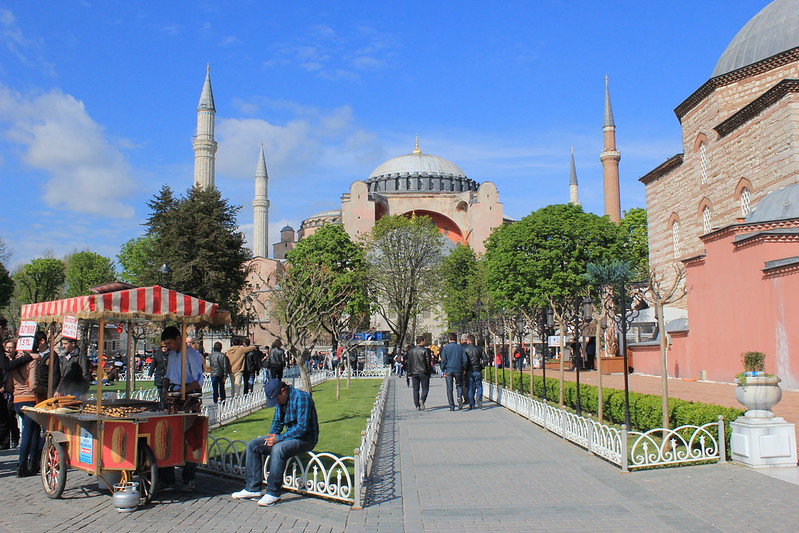
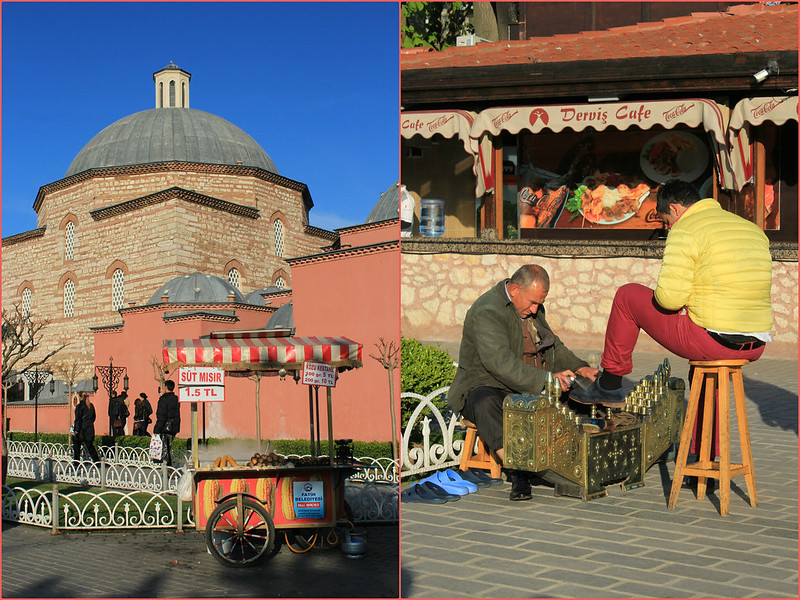
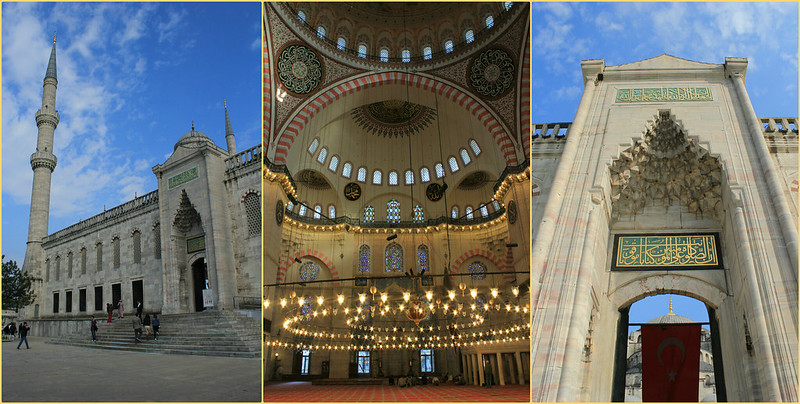

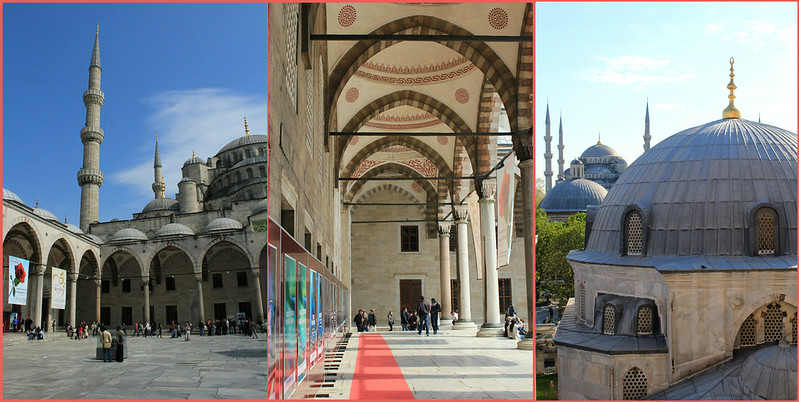
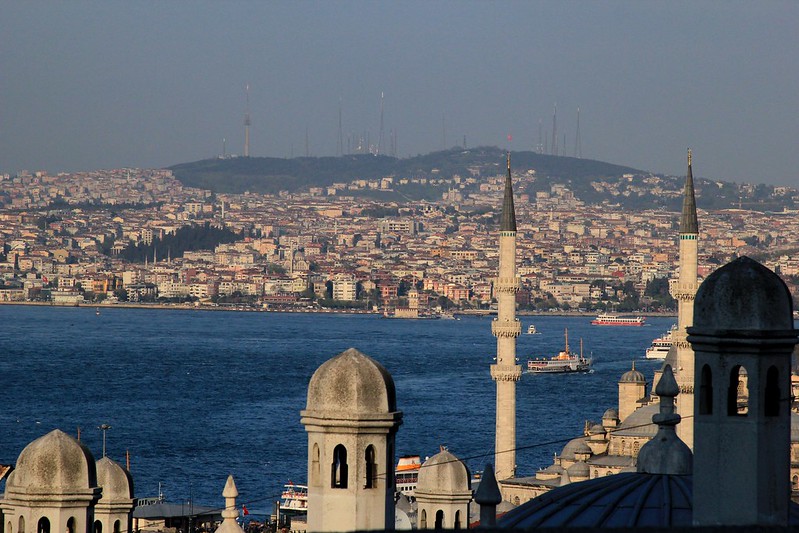
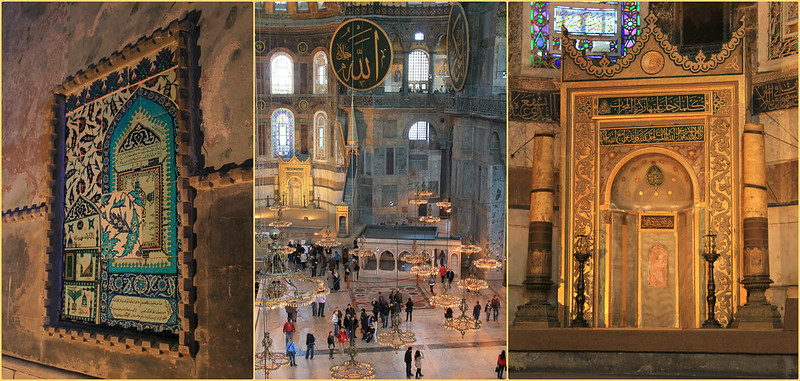
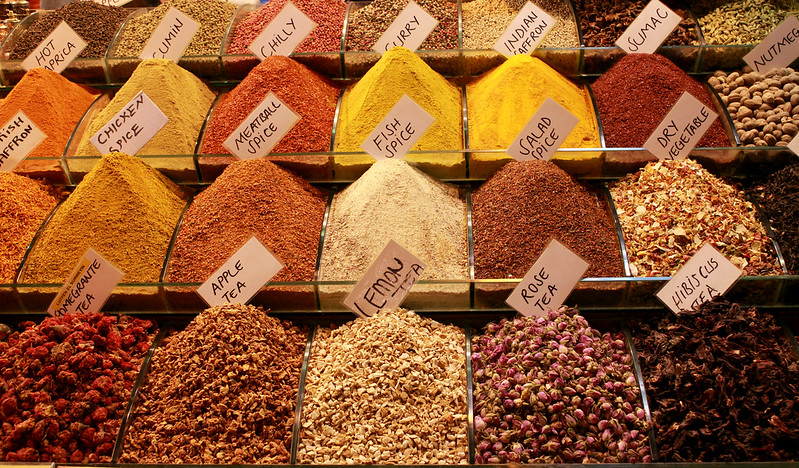
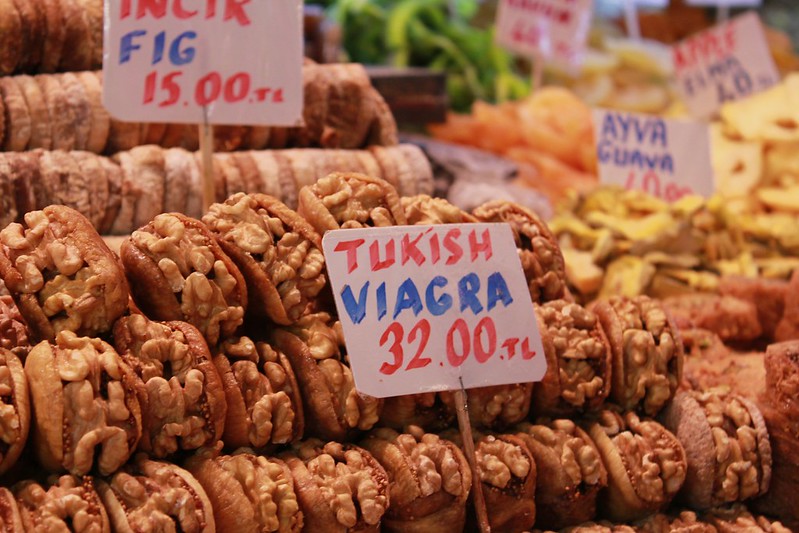
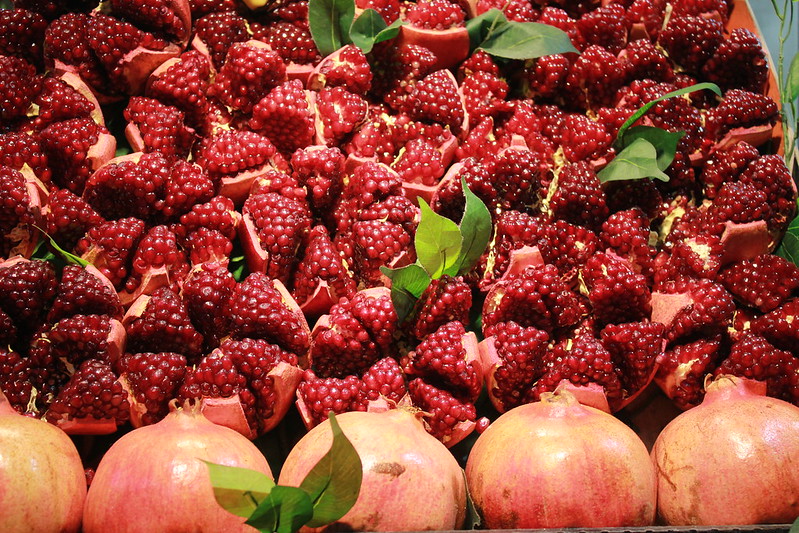
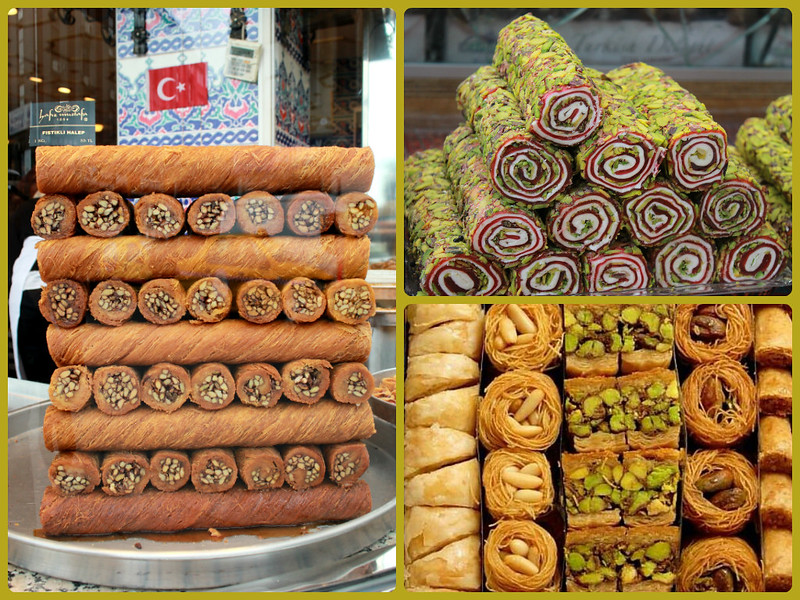

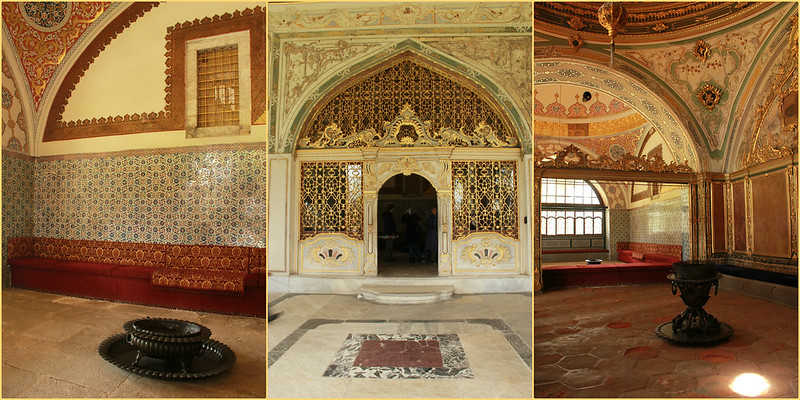
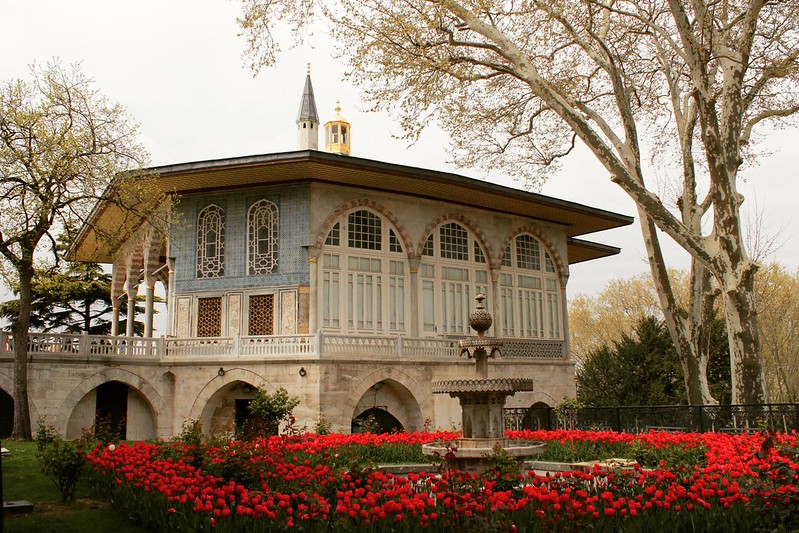
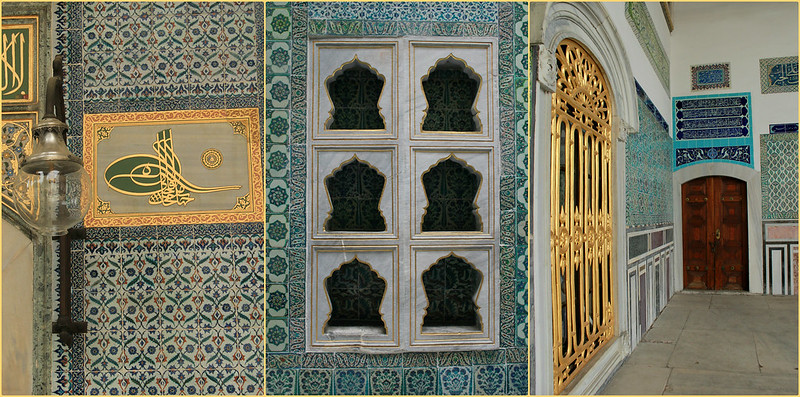

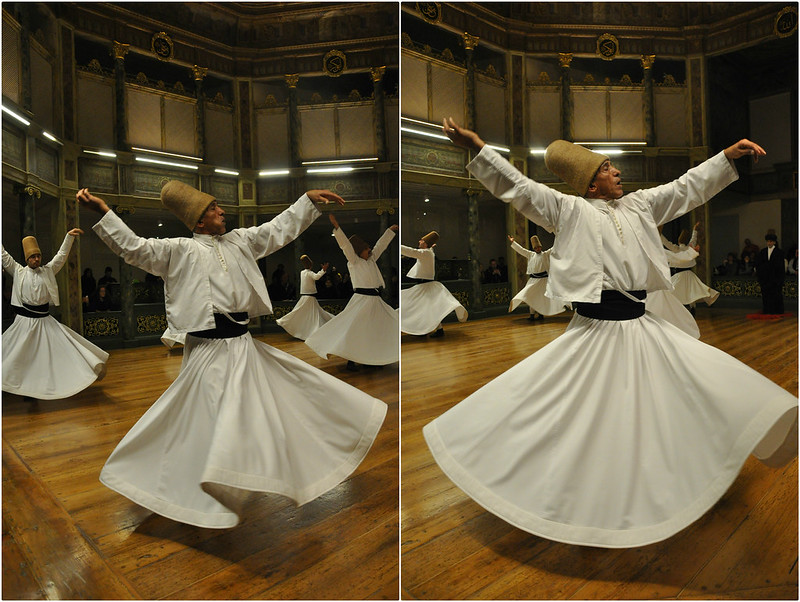
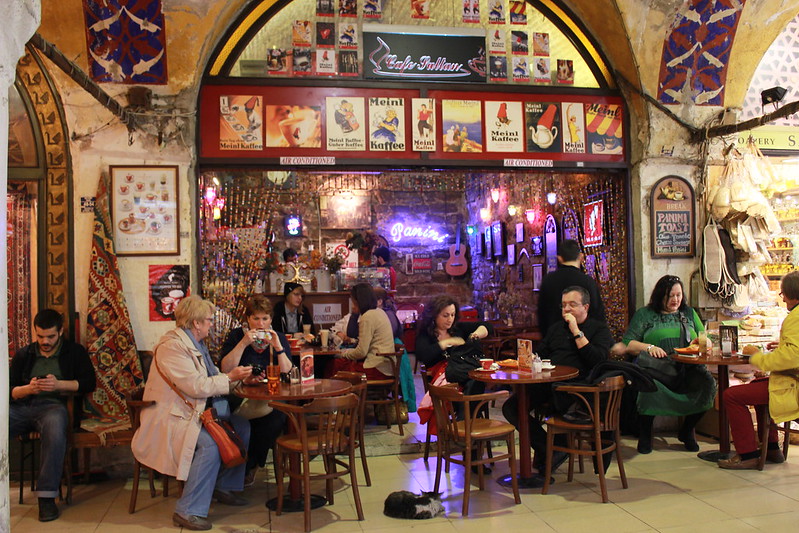

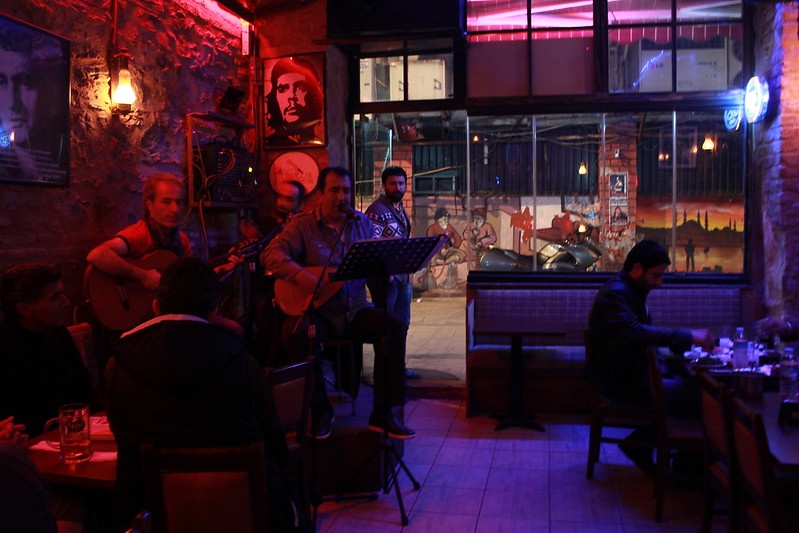





8 Comments
Yes, this is what I felt about istanbul too: a complete assault to the senses (in every good way!). Your photos are making me miss it (and the food). I didn’t get to catch a whirling dervish show… actually I don’t think I even knew of it when I was there… but if I ever happen to go back, I’d love to see that!
The Whirling Dervish ‘show’ was definitely interesting. It still seems strange to me though that a religious ritual/form of meditation has become somewhat of a tourist attraction!
Kiara, thank you for this wonderful post and recommendations! Your photos made me crave all that delicious food. We cannot wait to visit in May!
So glad you enjoyed it! And thanks for taking the time to comment 🙂 I really hope you enjoy your time in Istanbul as much as we did, and if you love your food, you’ll be in heaven here. The Turkish Delight in particular is amazing and so much better than I’ve tasted anywhere else!
Buzzing! Heading in April and can’t wait to OD on tea.
We visited in April too! Be prepared for hot weather in Cappadocia; we were boiling in jeans! Oh, and it’s not possible to OD on tea 😉
Nice report! (Fatih, however, is on the European side…)
Ooops! Thank you for pointing that out to me. I’ve changed it now 🙂